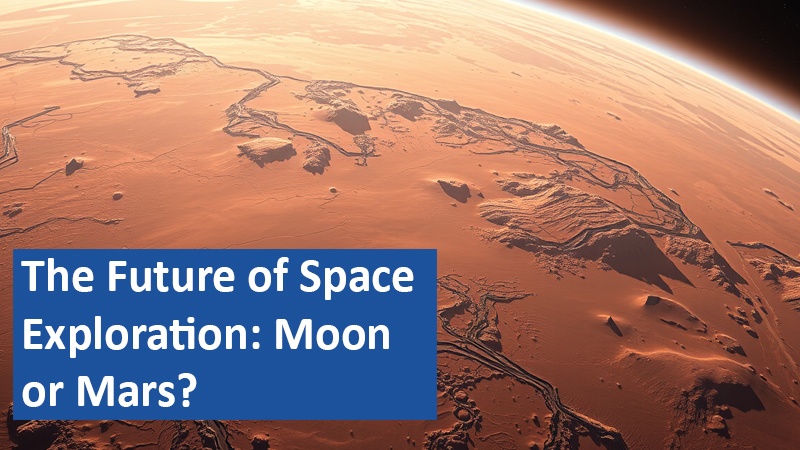NASA faces a crucial decision: Should it continue the Artemis program and establish a lunar base, or shift its focus directly to Mars? While using the Moon as a stepping stone could be a more efficient approach, a direct Mars mission would be faster but far riskier. The outcome will shape the future of space exploration and influence the United States’ position in global space leadership.
By Aubree Ross
Artemis Program and the Return to the Moon

NASA’s Artemis program represents the best chance for the U.S. to return humans to the Moon. The uncrewed Artemis I mission in 2022 was a success, but Artemis II, which will carry astronauts, has been delayed to 2026 at the earliest. Meanwhile, other nations have made significant progress—India successfully landed Chandrayaan-3 on the Moon in 2023, while China has had multiple successful lunar missions, including Chang’e 3 in 2013. These delays raise questions about whether NASA should bypass the Moon entirely and focus on reaching Mars first.
Mars: A Bold but Risky Venture
Traveling to Mars presents challenges far greater than those of a lunar mission. The journey is 833 times longer than the trip to the Moon, with ideal launch windows occurring only once every 18 months. A direct flight to Mars would take at least six to nine months, leaving astronauts completely isolated if anything goes wrong. Some experts advocate for the Lunar Gateway—a planned space station in lunar orbit that could serve as a staging point, reducing the energy demands of a Mars mission by breaking it into phases.
The Role of Private Space Companies
Private aerospace companies, particularly SpaceX, have become key players in the race to Mars. SpaceX has announced plans for a crewed Mars mission by 2028, but ambitious timelines are often difficult to meet, and recent technical setbacks—such as Boeing’s issues with the Starliner spacecraft—demonstrate the risks involved. If NASA prioritizes Mars, it could open the door for other nations to take the lead in lunar exploration. The decision between prioritizing the Moon or Mars will significantly impact the United States’ long-term influence in space exploration.
Balancing Risk and Long-Term Goals
The Moon offers a more stable and proven foundation for space exploration, while Mars represents a bold but highly challenging vision for the future. NASA must weigh the risks of a direct Mars mission against the strategic benefits of a step-by-step approach through the Moon. Whichever path is chosen, the decision will shape the trajectory of human spaceflight for decades to come.
The choice between a direct Mars mission and a step-by-step approach via the Moon will define the future of space exploration. While the Moon offers a more stable and incremental pathway, Mars presents a bold but highly demanding challenge. The ultimate decision will balance risk, efficiency, and the long-term vision for NASA and global space leadership.
Based on content from www.wired.com and own research.